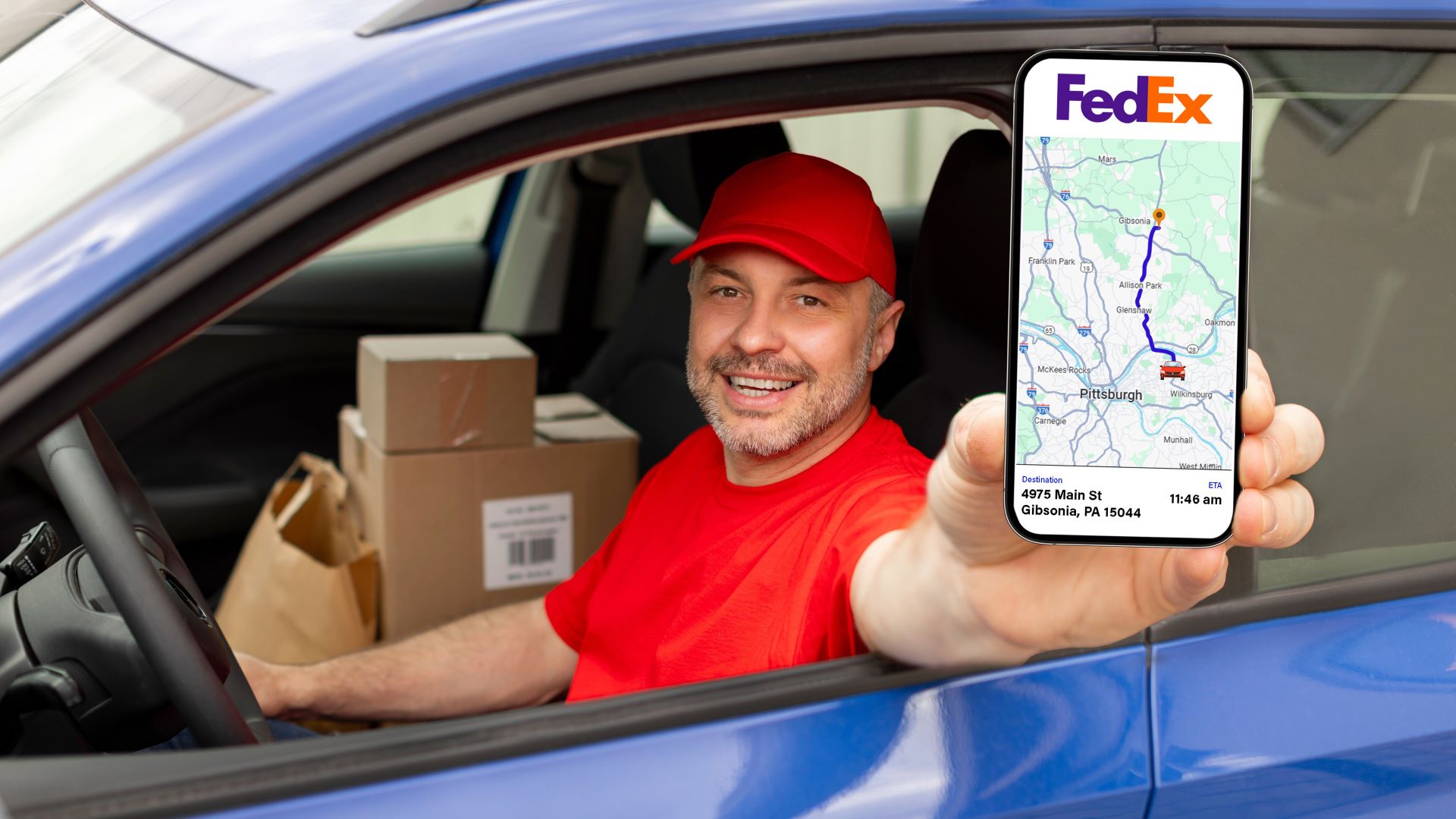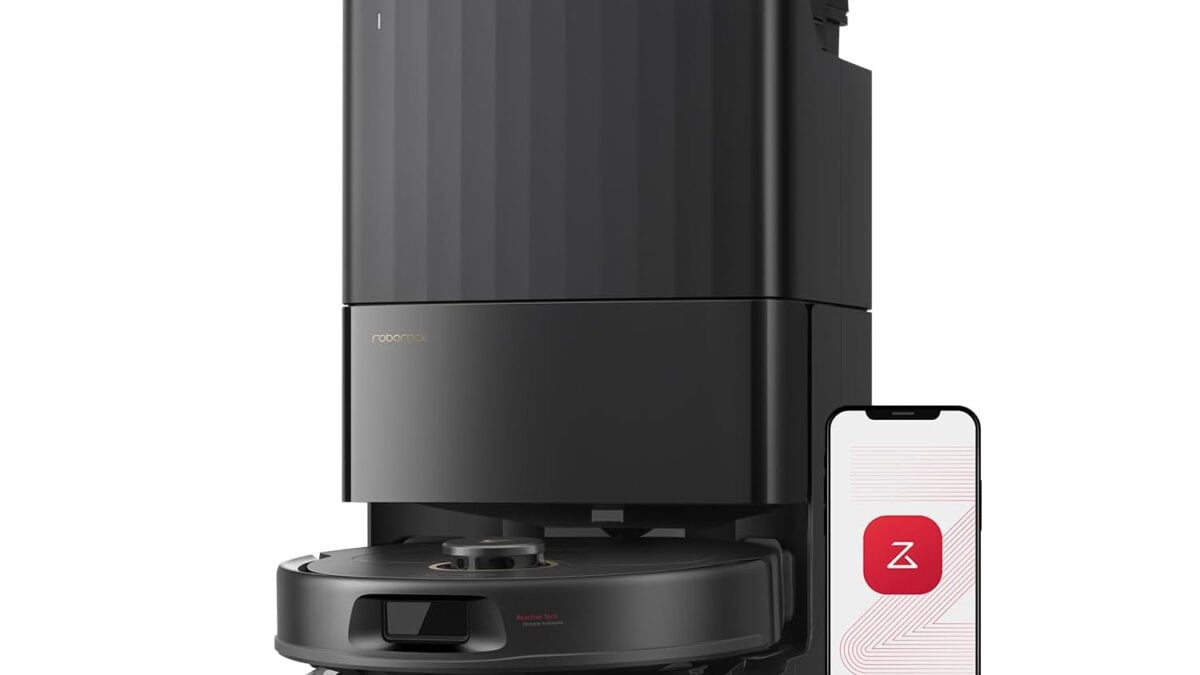Copyright FreightWaves

Walmart is even leveraging other last-mile carriers that use gig workers including Roadie (a UPS company) and DoorDash. And for intercity transportation, which was largely handled by FedEx (NYSE: FDX), Walmart (NYSE: WMT) is also using OnTrac because of FedEx’s high costs. Many of these deliveries are siphoning off parcels that would otherwise have been delivered by FedEx from large fulfilment centers. For FedEx to prevail in retaining and penetrating the B2C parcel volume, it will need to reinvent its B2C delivery model. Superimposing a delivery network designed around B2B requirements, which made FedEx Ground one of the great transportation companies, is not the most cost effective approach for the B2C market. That means FedEx needs to embrace gig drivers for home delivery of e-commerce purchases. One thing is clear: Consumers don’t pay attention to the brand name on the van bringing orders to their doorstep. Most of the time they’re not even home when the driver arrives. So why invest in a proprietary delivery operation based on brand recognition and trust when the B2C is purely cost driven? The carrier with the lowest delivery cost will prevail. The contractor model was set up to handle B2B packages that are bigger, heavier and require more cube — and therefore require bigger vans that consume more fuel, resulting in higher costs for B2C smaller parcels. UPS (NYSE: UPS), with its unionized driver workforce costing about $65 per hour, is finding it difficult to compete in the ultra-lightweight B2C parcel market. FedEx’s cost for contracted drivers is much lower — $35 per hour — but it too will not be able to compete with gig-based carriers such as DoorDash, Jitsu and Veho that use crowd-sourced drivers willing to deliver small parcels with their personal vehicles and earn less than $15 per hour. Gig workers who can load small packages in the back seat of their car are ideally suited for home delivery, with under one-pound parcels representing almost 30% of B2C volume, and parcels weighing less than five pounds accounting for two-thirds of the 13.7 billion in e-commerce home deliveries. Better late than never Just as RPS did in 1985 with its independent contractor model to win against UPS for long-haul B2B parcels, FedEx is best positioned to build out a gig worker delivery model using its highly recognized brand to attract gig workers, allowing it to offer rates of under $3.50 per parcel. When B2B was 90% of the parcel market, RPS avoided capital expenditure for vans by relying on outsourced partners and grew at a compounded rate of over 40% from 1985 to 1990 while generating over 20% operating margin —all with less than 10% market share. Now that B2C is about 70% of the parcel market, similar success can be achieved with a non-asset based last-mile delivery model. FedEx has a great brand that will allow it to attract more than 2 million gig drivers who currently work for small startups or companies like DoorDash, which can’t match the middle-mile delivery and automated sorting capability of FedEx. The size of its non-employee workforce would almost equal that of Uber and Lyft, combined, in the ride-sharing space. Even UPS saw the need to utilize last-mile delivery agents when it purchased Roadie, but it has been unable to capitalize on the investment for the traditional brown parcel business because of union restrictions on outsourcing. FedEx should set up an incubator to build out the B2C model using delivery agents. FedEx already has facilities in more than 600 U.S. markets where it can rapidly add last-mile delivery agents and begin offering service within months. That coverage will be many times greater than the footprints of Jitsu (20 cities in 11 states) or Veho (60 markets). Using last-mile delivery agents, supported by FedEx’s automation, digital technology and intercity network would be a game changer. FedEx would rapidly achieve a much higher delivery density and be able to offer lower delivery costs than any other competitor. It may be too late to convert Amazon (NASDAQ: AMZN) and Walmart to delivery customers, but major retailers like Costco, Target, and Kohl’s are ripe for the picking with a highly optimized gig-based delivery network. FedEx needs to move quickly before DoorDash and UberEats also dominate the B2C parcel shipping market. (Satish Jindel, president of ShipMatrix, Inc. was a founding member of RPS. He has a track record of forecasting big changes in the parcel sector well before they occur, including the integration of FedEx express and ground networks and for spin-off of FedEx Freight. Robert Persuit of ShipMatrix contributed to this article.) RELATED STORIES FedEx Dataworks: A gem in the right hands



